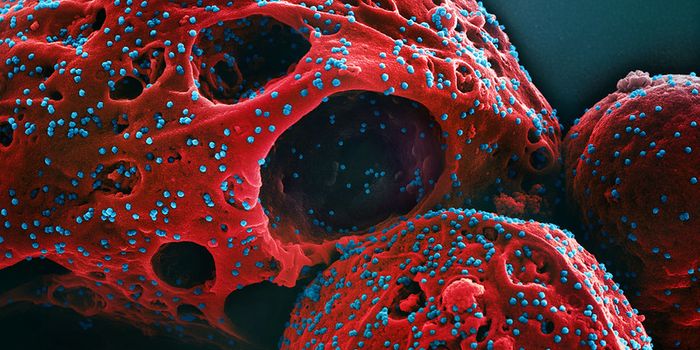New Smartphone Apps Can Detect MPox & Anemia
The World Health Organization has recently maintained the status of mpox (formerly known as monkeypox) as a public health emergency. While outbreaks have largely ended in many countries, several are still experiencing outbreaks. Researchers have developed an app called PoxApp that can identify skin lesions that are caused by mpox, and it can be used anonymously. Users simply have to take a picture of a skin lesion with a smartphone, and after answering a few questions, they can get a risk score that might recommend testing or post-exposure vaccination. The score takes only five minutes to generate. The work has been reported in Nature Medicine.
Artificial intelligence was trained to evaluate images with a dataset of about 130,000 pictures of different skin conditions. The app is highly accurate, but it can produce some false negatives, and is not considered a substitute for a visit to a healthcare provider, noted the study authors. But many people have difficulty accessing health services, and they turn to the internet. This app could be a way to assist those individuals.
"It's a quick, easy and anonymous way to get a first assessment," said lead app developer Alexander Thieme, MD, a visiting scholar at Charité—Universitätsmedizin Berlin and Berlin Institute of Health. "We are hoping to increase the likelihood that someone sees a doctor due to their skin lesions rather than ignore it."
In an unrelated study reported in PLOS ONE, researchers have created a smartphone app that can detect anemia in children. The researchers are hopeful that this technology will also open up new options for people with limited access to healthcare.
In anemia, a lack of hemoglobin impairs the transport of oxygen through the body. About two billion people around the world are thought to have anemia, and the condition can be especially harmful for children who are still developing. Anemia is thought to increase susceptibility to infection and disrupt cognitive development. While iron deficiency is the most common cause of anemia, conditions like malaria and sickle cell can also cause anemia.
Usually, blood tests have to be performed to diagnose anemia. But researchers knew that because of its light absorption properties, hemoglobin has unique color. Several years ago, photos were collected from children under the age of four in areas with minimal skin pigmentation: the lower lip, lower eyelid, and whites of the eyes. When they were assessed together, blood hemoglobin concentration could be assessed, and anemia was correctly diagnosed in children with severe anemia. Milder anemia was also detected at lower rates.
Sources: Stanford University Medical Center, Nature Medicine, PLOS ONE









